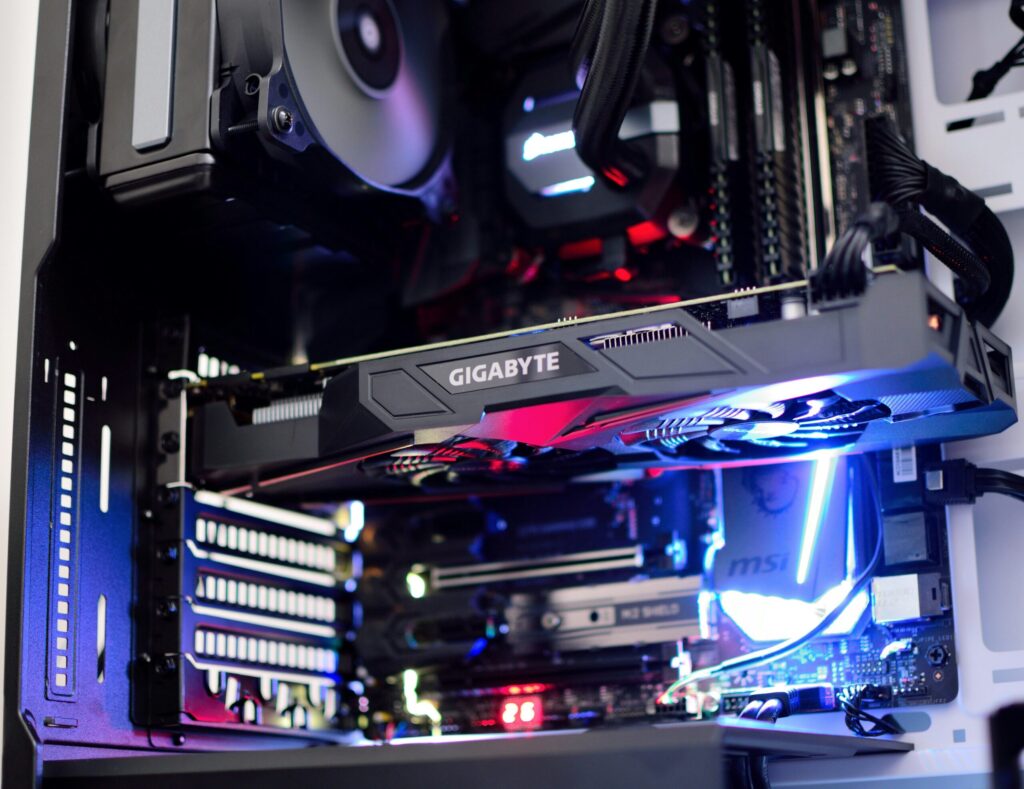
Understanding the Importance of Wi-Fi Security
Securing your home Wi-Fi network is paramount in the digital age, where cyber threats are increasingly sophisticated and prevalent. Unsecured networks can expose you to a myriad of risks, including unauthorized access, data theft, and bandwidth hijacking. Without proper security measures, neighbors or malicious individuals can easily connect to your network, potentially accessing sensitive personal or financial information.
Unauthorized access is one of the most immediate risks of an unprotected network. Intruders who gain access to your Wi-Fi can exploit connected devices, viewing personal files, passwords, and even banking information. Data theft is a formidable threat, as hackers can capture unencrypted data transmitted over the network, leading to identity theft and financial loss. A study by the Cybersecurity & Infrastructure Security Agency (CISA) highlighted that over 50% of data breaches could be attributed to inadequate network security.
Bandwidth hijacking is another common issue, where unauthorized users consume your internet bandwidth, slowing down your connection. This not only affects your browsing experience but also impacts the performance of essential activities such as remote work or online education. According to a report by Norton, 21% of Americans have reported slower internet speeds due to unauthorized users on their network.
Moreover, unsecured Wi-Fi can serve as a gateway for malware and ransomware attacks. Malicious software can infiltrate your network, compromising the devices connected to it, leading to system failures or ransom demands. In 2017, the WannaCry ransomware attack exploited vulnerabilities in networks globally, affecting over 200,000 computers across 150 countries, underscoring the dire consequences of poor network security.
Real-life examples further emphasize these dangers. For instance, the infamous Target data breach in 2013, which resulted in the theft of 40 million credit card numbers, originated from an unsecured HVAC contractor’s network. Such incidents underline the necessity of robust Wi-Fi security to protect not just your personal information, but to safeguard against broader financial implications.
Given these potential threats, it becomes evident that securing your home Wi-Fi network is not just a technical necessity but a crucial step in protecting your digital life and the efficiency of your online activities.
Setting Up Strong Network Credentials
When securing your home Wi-Fi network, one of the first steps is to establish strong network credentials. This process begins by changing the default admin username and password provided by your router’s manufacturer. These default settings are commonly known and can be easily accessed by potential intruders, making your network vulnerable from the outset.
To begin, access your router’s settings through your web browser. This is typically done by entering the router’s IP address into the address bar. Common IP addresses are 192.168.1.1 or 192.168.0.1, but these can vary depending on the manufacturer. Once inside the admin panel, locate the settings for the username and password.
Create a new username that does not include easily identifiable information such as your name or the word “admin.” When choosing a password, ensure it is robust by combining upper and lower case letters, numbers, and special characters. A strong example might be “P@55w0rD!23.” Avoid using easily guessable information such as birthdays, common words, or obvious sequences like “123456.”
It’s also crucial to consider the length of the password; ideally, aim for at least 12 characters. The complexity of the password will make it significantly harder for hackers to crack. Additionally, periodically update your credentials to further bolster security. This simple step, though often overlooked, can significantly reduce the risk of unauthorized access.
Lastly, avoid using the same passwords across multiple platforms. While it may seem convenient, the reuse of passwords poses a substantial security risk if one account is compromised. Utilizing a password manager can help you keep track of your unique credentials securely.
By following these guidelines, you can create strong, unique network credentials that significantly enhance the security of your home Wi-Fi network, safeguarding against potential intrusions.
Enabling Advanced Security Features
Modern routers come equipped with several security features designed to fortify your home Wi-Fi network. One of the most crucial elements of router security is the encryption protocol. WPA3, the latest and most secure Wi-Fi encryption standard, offers robust protection against cyber threats. If your router supports WPA3, enable it through the router’s settings. If not, opt for WPA2, which remains significantly more secure than the older WEP standard.
To enable WPA3 or WPA2, access your router’s settings by typing the router’s IP address into a web browser. Navigate to the wireless settings section and select the WPA3 or WPA2 option from the dropdown menu for your security mode. Ensure you create a strong, unique password to further safeguard your network.
Another valuable feature is the guest network, which allows you to offer Internet access to visitors while keeping your primary network more secure. Typically, this feature can also be enabled through the router’s settings menu. Look for the guest network option, activate it, and set up a separate password. This network isolates guest devices from your main network, limiting their access to critical network resources.
For added security, consider enabling MAC address filtering. Each device has a unique MAC (Media Access Control) address, which you can register on your router. This ensures only recognized devices can access your network. Locate the MAC filtering option in your router settings, manually input the MAC addresses of your devices, and enable the filter.
Adjusting firewall settings on your router can provide another layer of security. Most routers have a built-in firewall; ensure it is enabled to monitor and control traffic between your network and the internet. Access the firewall settings through the router’s security menu and make necessary adjustments for optimal protection.
Lastly, consider disabling WPS (Wi-Fi Protected Setup) on your router. While designed to simplify the connection process, WPS is vulnerable to brute-force attacks. Disabling it can reduce security risks. You can typically find the WPS settings under the wireless or security section of your router’s interface.
By enabling these advanced security features, you significantly enhance the integrity and safety of your home Wi-Fi network.
Regular Monitoring and Maintenance
Maintaining the security of your home Wi-Fi network demands ongoing vigilance and proactive measures. Regular monitoring is a crucial step in identifying unauthorized access or other potential threats. One of the primary tasks is to consistently check the list of devices currently connected to your network. Many routers provide an interface where you can view and manage connected devices, enabling you to spot any unfamiliar equipment that may have gained access without permission.
Equally important is keeping your router’s firmware up to date. Router manufacturers frequently release firmware updates to address emerging vulnerabilities and enhance security features. By enabling automatic updates, you can ensure that your router is equipped with the latest protections. If automatic updates are not available, set a periodic reminder to manually check for and install firmware updates.
Another valuable practice is configuring your router to send notifications for suspicious activities. Many modern routers offer features that alert you to potential security breaches or unusual patterns of activity, such as repeated failed login attempts. These notifications can serve as an early warning system, allowing you to take swift action to secure your network.
Regularly reviewing your network settings and credentials is vital in maintaining robust security. Change your Wi-Fi password periodically and ensure that it is strong and unique. Additionally, consider changing the default admin username and password of your router, as these are often well-known and can be easily exploited by attackers.
Conducting security audits of your home network can help identify and rectify potential weaknesses. Tools and resources are available online to assist you in performing these audits. These tools can provide insights into your network’s current security posture and suggest improvements.
Staying informed about new security threats and best practices is essential in safeguarding your Wi-Fi network. Follow reputable security blogs, forums, and websites to keep abreast of the latest developments in network security. This knowledge equips you with the information needed to proactively protect your home Wi-Fi network against evolving threats.


